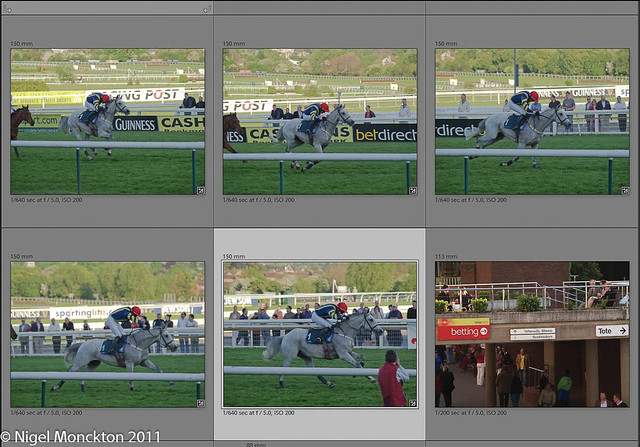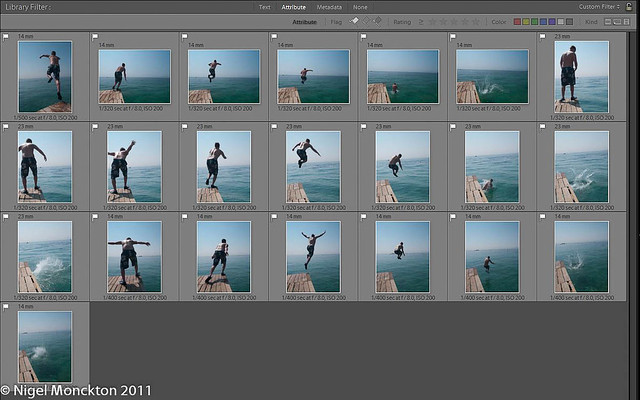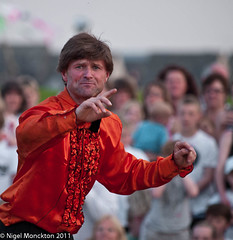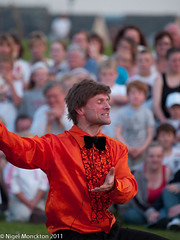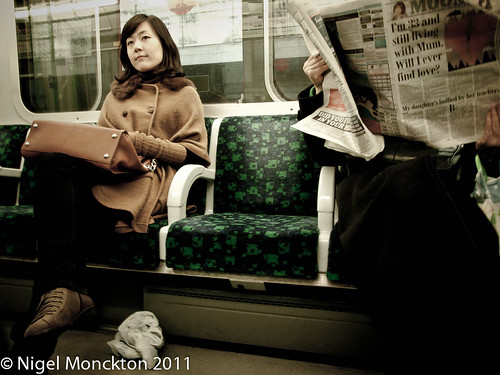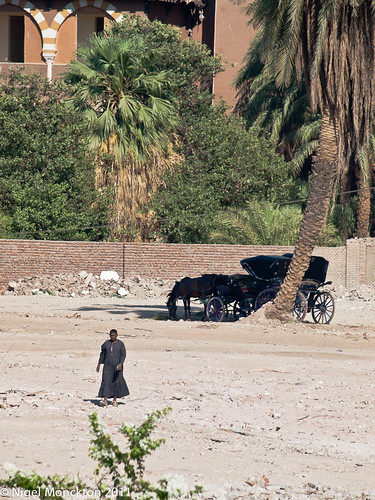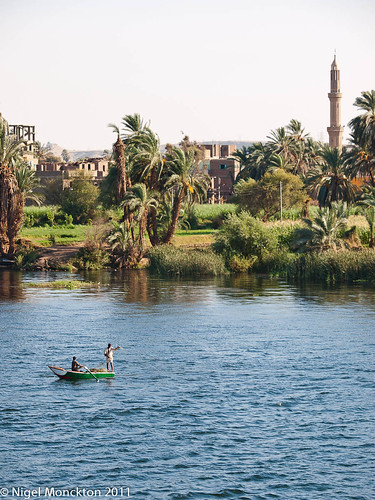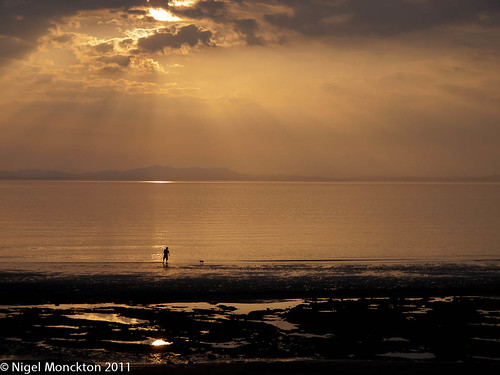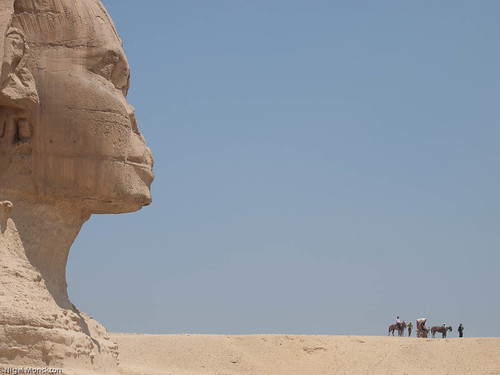Went in to Keswick today to have a go at this exercise. Wasn’t really expecting much luck as it was 16:00 when I got there and a drizzly Sunday afternoon. My rationale for going there at all was to try to make the situation more comfortable – people in Keswick are well used to tourists with cameras shooting everything.
In truth the combination of long lens and less intimidating circumstances worked a treat and I felt very comfortable shooting. I produced about 40 shots in the hour or so I was there, which felt like a reasonable number, given that people were a little thinner on the ground than usual. I had my 50-200 zoom on the E-3 (100-400mm in full frame equivalents) and as suggested in the exercise used it at the longer end as well as the shorter end. The camera was set to ISO 400 to help maintain a reasonable shutter speed in the dull conditions with the aperture mostly at f/4.5.
I pulled the best 8 together for this blog:

In this one I was attracted by the dog straining at the leash, and the women in the shop watching its antics. Focal length 76mm/152mm equiv. The longer focal length, and the fact that there attention was distracted meant they were unaware I was taking this shot.

This shot, at 200mm/400mm equiv. would have been unavailable without the telephoto – there was a hedge in the way, and even without it by the time I had got closer the shot would have been gone. This is the kind of thing the British seem to excel at – going on a weekend break to play pitch and putt in the rain.

I thought the reflection offered some potential in this shot – not quite sure that it works but thought I’d include it here as an example of an experiment with reflections. (88mm/176mm equiv.) In truth I could have done this with a variety of lenses.

Without the long lens I’d almost certainly have lost this opportunity – simply through not wishing to intrude too closely. It’s quite a nice shot, although had I been a bit quicker I’d have caught them adjusting each others hoods so their faces would have been visible. (137mm/274mm equiv.) This seems to be a forte of the telephoto for street shooting – when there are relatively few people about it gives you greater reach, if you can spot the opportunities.

I should perhaps have included this for Exercise 10 – Gesture and Moment. I missed the exposure at my first attempt (quick glimpse at the blinkies on my screen told the story) and grabbed this second shot within a few seconds. This is a much better composition – the legs and arms are synchronised and the heads and the candy-floss line up nicely (158mm/316mm equiv.)

This one was too good to miss – love the colour scheme and the fact that her head is invisible. (117mm/234mm equiv). I could have managed this one with a much shorter lens as she maintained this position all the way down the road past me.

I took several successful portraits at this cafe as I wandered up and down, generally with the lens more or less at full stretch to improve framing. I’m pretty sure this lady twigged that I was photographing her – although I was a good distance away. (183mm/365mm equiv.)

I’m going to finish with a shot that’s not about people. This would certainly be un-obtainable without a longish telephoto, and reducing the aperture has enabled me isolate the subject more effectively. It would be less of a shot without the people in the background, but the blur helps direct the attention to the true subject. (200mm/400mm equiv.)
Conclusions
I certainly shot more freely with the comfort blanket of distance/relative anonymity, and the camera friendly surroundings. In spite of the relatively large size of the camera and zoom I never felt I was attracting attention.
Other advantages of a longer lens include the ability to reach shots that would otherwise have passed – such as the golfers and the two friends – and the ability to isolate the subject with depth of field. Set against this is a sense of being an observer, rather than being involved and a number of practical difficulties. These include the need to maintain a high shutter speed to reduce camera shake – I lost a few potentially good shots this way – and the tendency for people to pass in front of the lens at key moments. This latter would be particularly troublesome on a busier day.
Follow-up
I’ll have to try this long lens approach in Carlisle – which is busier and less touristy – and see if I have the same results.
